Find out where the Project is proposed to be located
View our interactive project map where you can enter an address.
Check out the Map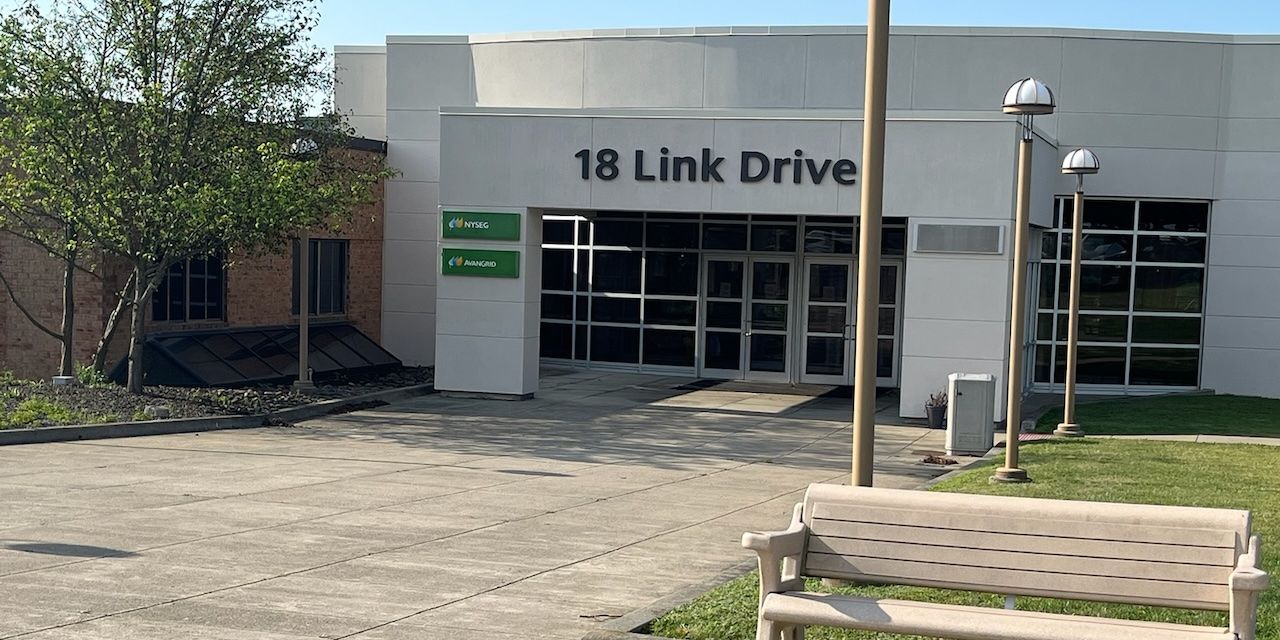
View our interactive project map where you can enter an address.
Check out the Map
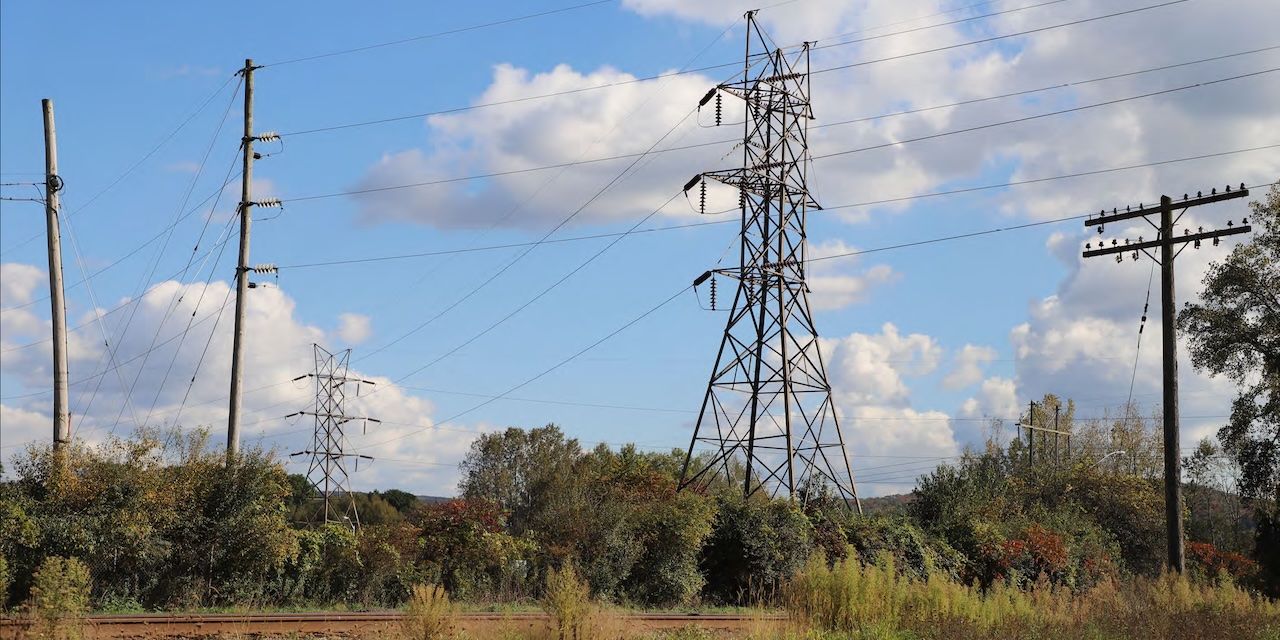
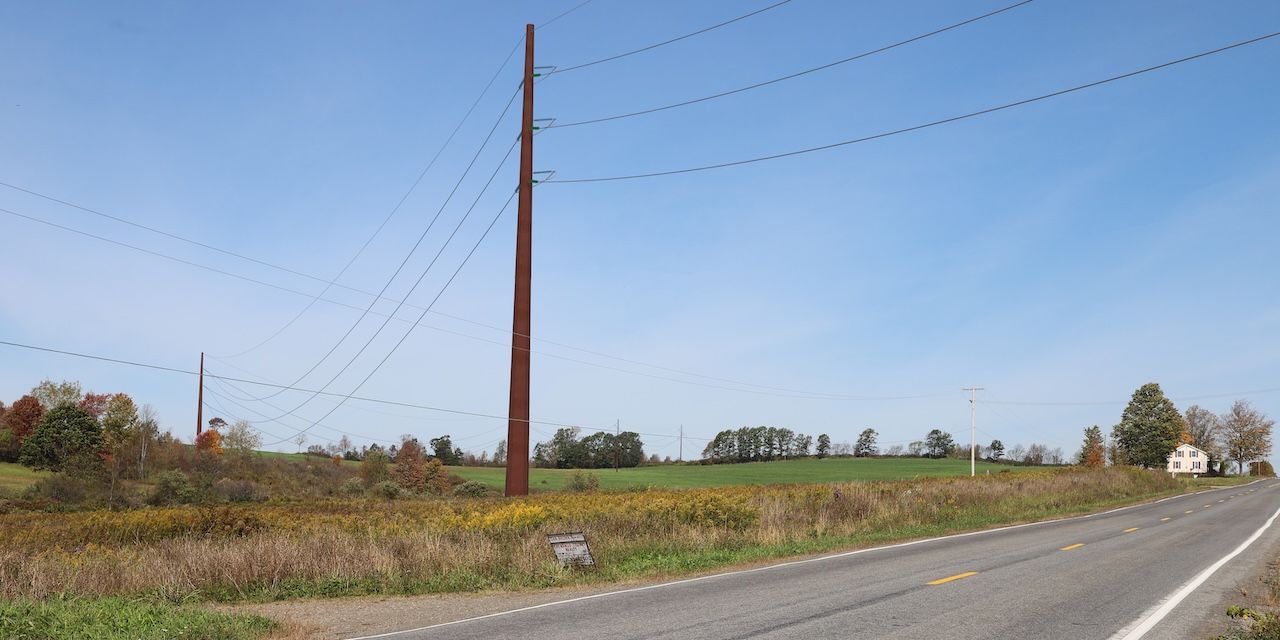
Learn more about the project, permitting and the electric system.
Read MoreAs part of our commitment to provide safe and reliable service to all our customers, New York State Electric & Gas Corporation (NYSEG) proposes the Jennison Transmission Solution (JTS) Project, which would help New York State meet its energy goals. Towards that goal, and to address asset condition needs, NYSEG is planning a significant, multi-year electric transmission line project consisting of approximately 49 miles of rebuilt and re-routed electric transmission lines in portions of Chenango and Delaware Counties.
While we are investing in upgrades to meet the community’s growing energy demands, we are working closely with our neighbors so that improvements are performed safely and with minimal disruption to the environment and the community.
The JTS includes the rebuild of the Jennison Substation in the Town of Bainbridge, and the rebuild of two existing 115 kilovolt (kV) lines, along with the rebuild/relocation of existing lines to reconnect from the old substation to the new location.
The Project is a multi-faceted solution which addresses not only reliability and resiliency needs, but also critical asset condition issues. This upgrade will enable the integration of increased energy resources into the service provided to New York customers. It would also facilitate satisfying several previously identified Bulk Electric System (BES) reliability needs detailed in prior studies including the 2018 North American Electric Reliability Corporation (NERC) BES Assessment and its subsequent updates. The system reinforcements are designed to improve a wide area of regional reliability in line with the Company’s mission to provide NYSEG customers with reliable energy and a commitment to the well-being of our communities.
The proposed substation work includes the full rebuild/relocation of the Jennison Substation in the vicinity of Mt. Pleasant Road in the Town of Bainbridge.
The proposed electric transmission line work includes:
NYSEG is actively developing the Project to avoid and minimize negative impacts to the community and the environment. Early Project planning efforts have included the completion of resource assessments to clarify important planning considerations such as streams and wetlands; soil characteristics; cultural resources; and sensitive plant and animal species. Active regulatory coordination, reviews and permitting efforts are under way for initial phases of the Project. NYSEG will seek reviews, consultations and/or permits from the following federal and state administrative agencies for the Project:
| Title | Date |
|---|---|
| Fact Sheet | 08/27/2025 |
| Public Information Session Presentation | 05/27/2025 |
| Article VII Guide | 11/14/2024 |
| Article VII Flow Chart | 11/14/2024 |
| EMF | 11/14/2024 |
1. Site Preparation
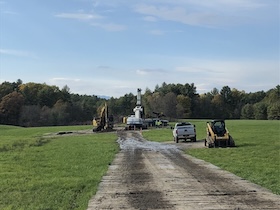
The initial stage of construction involves surveying, clearing vegetation, and providing access roads and crew work areas. Before other project work can begin, vegetation must be cleared from the right-of-way (ROW) to assist crews in creating a safe, level work surface. "Danger trees," those with the potential to fall into the lines, are removed. Survey crews will mark the limits of the ROW, access road locations, future structure locations, and sensitive natural areas. Crews will access sites with existing roads where practical, and where necessary new access roads will be constructed. Timber mats will be used to protect lawns, agricultural fields and other sensitive areas such as wetlands. Strict erosion and run-off controls will be in place and monitored throughout the project.
2. Foundation Work and Structure Construction
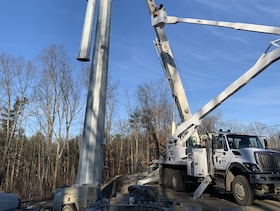
Structure types and heights are based on the unique engineering requirements for each structure location. The project will use steel single-circuit monopole structures that will either be directly embedded in the ground or erected on concrete foundations. For structures with foundations, concrete will be delivered to the site by truck. Once foundation work is complete, construction crews will erect the structures within the ROW. The steel monopoles will be transported in sections, assembled on-site using a truck-mounted crane, and then lifted onto their foundations. Embedded structures will be placed into excavations, which will then be backfilled.
3. Wire Stringing
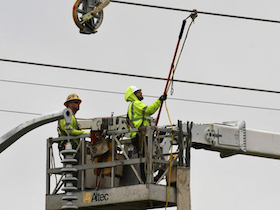
Insulators and attachment hardware will be installed and stringing sheaves (rollers or blocks) attached to the insulators. The conductors (wires) will be strung by attaching the conductor to a steel line and pulled through each structure’s stringing sheaves under tension to keep the conductors well off the ground. Conductor-pulling sites located along the ROW will provide space for tractors, trailers with spools of conductor, and tensioning equipment.
4. Restoration and Recovery

Once the new structures are in place, the existing structures and wire will be taken down and recyclable components recovered. With the conclusion of construction activities timber matting will be removed, the ROW will be cleared of all materials and debris, and the site will then be seeded and monitored until vegetative cover is restored. Any disturbed soils will be stabilized, some areas may have additional vegetative buffers or other landscaping installed. Any impacted local roads will be restored to their original state.
Substation Work

The proposed substation work includes the full rebuild and relocation of the Jennison Substation in the vicinity of Mt. Pleasant Road in the Town of Bainbridge. After new access roads are installed, crews will clear vegetation and commence earth work, including cutting, filling and grading. Following the civil work, the substation pad will be built, allowing for foundations, conduit, and ground grids to be installed (in-ground works). Once a vast majority of in-ground works is completed, the above ground work will begin which involves installation of a control building, steel structures, transformers, and major equipment.

New York State Electric & Gas Corporation (NYSEG) is a subsidiary of Avangrid, Inc. Established in 1852, NYSEG operates approximately 35,000 miles of electric distribution lines and 4,500 miles of electric transmission lines across more than 40% of upstate New York. It also operates more than 8,150 miles of natural gas distribution pipelines and 20 miles of gas transmission pipelines. It serves approximately 894,000 electricity customers and 266,000 natural gas customers. For more information, visit www.nyseg.com.
T: 1-877-245-6790
E: [email protected]